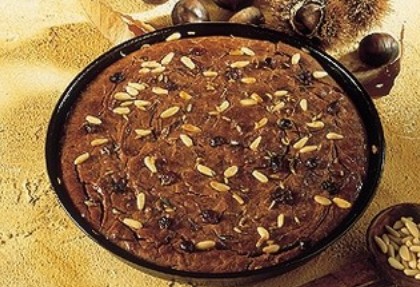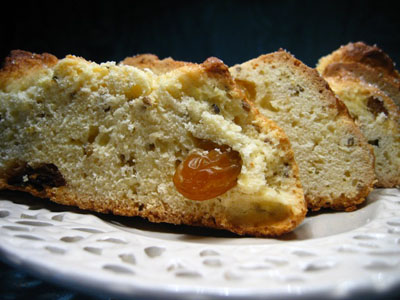
If you want to eat a savoury pizza don’t never forget the good ingredients: tomato, mozzarella and capers!
In Tuscany is possible to eat the same pizza that you can find in Naples!
Experience a truly enchanting holiday in one of my Tuscan Villas

Are you looking for traditional tuscan food?
Good, here you found the historic restaurant “Carignano” in Lucca. It’s a typical restaurant that offers tuscan specialities, bistecca alla fiuorentina, from the charcoal grill, many delicious traditional dishes, served ina friendly and relaxed atmosphere, but prompt service!
First class fresh local ingredients, new well appointed wine list with over 70 italian wines.
Quick fixed price lunch menu with many choices, private dining rooms for parties and meeting, open air summer terrace.
At your disposal menu for special occasions, dinner parties, birthdays, children’s parties etc..
The restaurant has ample private parking.
Carignano restaurant offers pizzeria with wood fired brick oven and a new menu, freshest ingredients and prompt service!
Restaurant “Alla Cantina di Carignano”
Via per S. Alessio 3684 Località Carignano – LUCCA – www.lacantinadicarignano.com
Open every day!

Tuscan salami from Garfagnana!
If there is one animal whose role can be considered essential to the diet and gastronomic tradition of the Garfagnana, it is for sure the pig.
Every part of it is used into typical delicious cured meats, such as biroldo, bondiola, and lard, represents “a ritual” in which entire rural families have always taken part.
These products have also recently received a quality trademark recognition.
Among the traditional preserved meats, we can mention special Tuscan salami: Mondiola, a fresh salame flavoured with bay leaves, the tasty lard of the Serchio valley, flavoured with herbs, and the biroldo, il prosciutto Bazzone.

What could be more Lucchese than Castagnaccio (chestnut tart)?
It is said to have been first created by a Pilade di Lucca. It’s a typical tuscan dessert. The key ingredient is chestnut flour “farina di castagne” or “farina dolce” traditionally made in the winter months. It is a most delicate flour with a sweet, rich flavour, made from dried, milled chestnuts.
It can now be found in specialists flour suppliers outside Italy, although readers living in Lucca willa have no diffuculty to finding excellent local produce from the Garfagnana.
Ingredients: ( serves 8 )
. 400 g chestnut flour (the best you can find, from Garfagnana)
. 6 tablespoonfuls extra virgin olive oil
. Approx 600/800 ml. water
. 1 cup of peeled pine seeds (pinoli)
. 3 tablespoonfuls of sugar
. 1 orange
. pinch of salt
. fresh rosemary leaves
. ricotta (cottage cheese of ewe’s milk)
Method:
Whisk the chestnut flour with the salt, sugar, grated orange rind and 3 tablespoonfuls of olive oil.
Warm up the water to more than lukewarm and add it little by little to the mixture to obtain a liquid creamy consistency. pour this cream into an oiled 30/32 cm diameter baking tin.
Sprinkle with the rosemary leaves and pine seeds and spread the ramaining olive oil over it.
Place in an oven heated to 220° C and cook 30/40 minutes.
The Castagnaccio should be crispy in the top and creamy inside. Serve hot with a generous portion of fresh ricotta.
This is a very ancient local recipe, not difficult to prepare but as is always the case with simple recipes the ingriedients must be top quality.

Buccellato
Perhaps you have already tried buccellato the traditional lucchese fruit bread?
It’s poor man’s food, bread made with a few simple ingriedents, which have made it a symbol of good luck and therefore very suitable for a Celebration.
For example, it contains aniseed, thought to promote fertility in women, and raisins, still seen on the table as a sign of good luck for the coming year. And of course while you may find it in a baguette shape know as a sfilatino, it is usually made in a shape of a circle or crown, the symbol of honour and glory. The name comes from the latin “bucella” which means a morsel, or bread for the poor. But there also existed in latin the word “buccellatum” which is probably best translated as “hard tack” or “ship’s biscuit”, the sort of iron rations provided for Roman troops.
The Buccellato is perfectly good form to dunk it in your wine or vinsanto.
You will find it in any good panificio or alimentari, and in Piazza San Michele (Lucca) at Taddeucci’s shop.